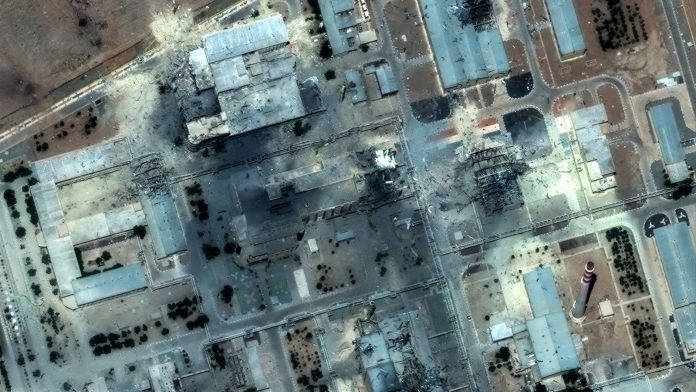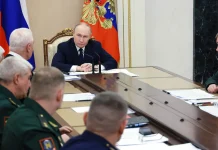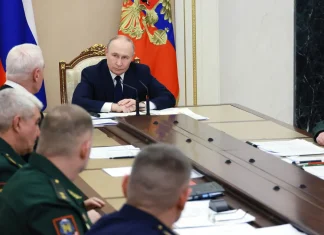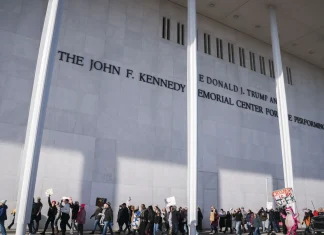Inside the Return: UN Inspectors Step Back into Iran Amid Nuclear Tensions
Imagine a scene charged with decades of tension, political chess moves, and the unpredictable heartbeat of diplomacy—the kind where every moment counts. This is the world unfolding in Iran right now, where the International Atomic Energy Agency (IAEA), the United Nations’ nuclear watchdog, has just taken a tentative step back into Tehran’s charged landscape after a summer marked by conflict, mistrust, and uncertainty.
Rafael Grossi, the IAEA’s director general, recently disclosed that a team of inspectors has returned to Iran, the first since this spring’s wave of covert strikes on Iranian nuclear sites attributed to Israel and the United States. “We are about to restart,” Grossi told Fox News with a measured optimism that belies the complexity swirling beneath the surface.
A Fragile Reconnection Amid Broken Trust
For those following the developments closely, the backdrop to this reentry is anything but straightforward. In June, Iran suspended its cooperation with the IAEA after a brutal, 12-day conflict with Israel—an eruption fueled by a surprise Israeli assault targeting Iran’s nuclear infrastructure. Tehran’s frustration boiled over not just because of the physical damage but also because it felt abandoned by the world’s leading nuclear watchdog, which had refrained from condemning the strikes.
“Now the first team of IAEA inspectors is back in Iran, and we are about to restart,” Grossi said, his words signaling a cautious hope. Yet, beneath the surface, there is a labyrinth of challenges to navigate. Iran’s many nuclear sites are a patchwork of exposed vulnerabilities and resilient defiance. Some facilities were hit hard, others remain intact, and every location demands specialized attention and negotiation over access rights.
“When it comes to Iran, as you know, there are many facilities. Some were attacked, some were not,” Grossi explained. “So we are discussing what kind of… practical modalities can be implemented in order to facilitate the restart of our work there.” Practical modalities—a diplomatic euphemism that leaves much to the imagination—may hold the key to diffusing one of the longest and most controversial nuclear standoffs of recent history.
The Diplomacy Tightrope in Geneva
As the IAEA team tiptoes back into Iran, elsewhere in Geneva, another delicate dance unfolds. Iran met with representatives from Britain, France, and Germany—the European architects and enforcers of the 2015 Joint Comprehensive Plan of Action (JCPOA), better known as the Iran Nuclear Deal. These talks come at a moment when Iran is under dire pressure to keep remaining sanctions at bay.
Kazem Gharibabadi, Iran’s deputy foreign minister, who sat at the negotiation table in Geneva, urged the European powers to “make the right choice and give diplomacy time and space.” The stakes could not be higher: Britain, France, and Germany have threatened to invoke the so-called “snapback” sanctions mechanism embedded in the 2015 deal, which would reimpose harsh sanctions that were eased under the agreement.
These sanctions, if reinstated, risk suffocating Iran’s fragile economy once again and potentially throwing global energy markets into upheaval. According to the International Energy Agency, Iran is the world’s fourth-largest oil producer, and renewed sanctions would shrink supply volumes further already strained by geopolitical uncertainty.
A Deal in Limbo: From Historic Agreement to Brinkmanship
The 2015 nuclear deal once promised a breakthrough in preventing Iran from developing nuclear weapons in exchange for sanctions relief. But the agreement’s fragile architecture cracked in 2018 when the United States, under then-President Donald Trump, pulled out, reinstating crippling sanctions unilaterally. The aftermath plunged Iran’s nuclear program into overdrive, eroding mutual trust.
Since then, every step toward revival has been met with skepticism and geopolitical friction. Following the flare-up of violence this past June—triggered by Israel’s unprecedented surprise attack on Iranian facilities—the dialogue seemed to collapse entirely. Iran’s accusations that the IAEA had failed to protect the integrity of its facilities added an emotional dimension to the negotiations.
One local Tehran shopkeeper, who wished to remain anonymous, shared his feelings: “We are tired—not just of sanctions but of the uncertainty. We want peace. We want to be part of the world again, not trapped under shadow wars and diplomatic cold fronts.” His words echo a broader yearning in Iranian society, yearning that too often gets lost amid headlines and political grandstanding.
What Does This Mean for Global Security?
The IAEA’s return and the tentative steps toward diplomacy mark a pivotal moment, yet questions abound. Will Iran’s nuclear program be verifiably peaceful? Can the world’s powers move beyond brinkmanship to genuine negotiation? How much weight does international law hold when backed by geopolitical agendas?
Experts like Dr. Nina Tannenbaum, a nonproliferation analyst at the Global Security Institute, emphasize the complexity: “It’s not just a technical issue of inspections. It’s about rebuilding fractured trust and navigating a web of conflicting national interests. The stakes include regional stability, global nonproliferation norms, and, frankly, the future path of diplomacy in a polarized world.”
For readers around the globe, this story is more than a faraway conflict. It raises urgent questions about how nations can confront shared global risks—from nuclear proliferation to regional conflicts—to forge paths toward peace and coexistence.
Looking Ahead: Can Diplomacy Reach Beyond the Headlines?
As the IAEA inspectors tread carefully in Iran, and as diplomats meet behind closed doors in Geneva, the world watches with bated breath. This chapter is unfolding within a larger narrative of international relations that tests not just power but patience, empathy, and imagination.
What would it take for these deeply entangled parties to move beyond old narratives and towards real resolution? How can the international community foster a climate where legitimacy, justice, and shared security aren’t just slogans but lived realities?
These questions challenge us all—not just policymakers or experts—but people in living rooms from Tehran to Tokyo, London to Los Angeles. Because in the tangled web of nuclear diplomacy, we all, quite literally, share the stakes.










